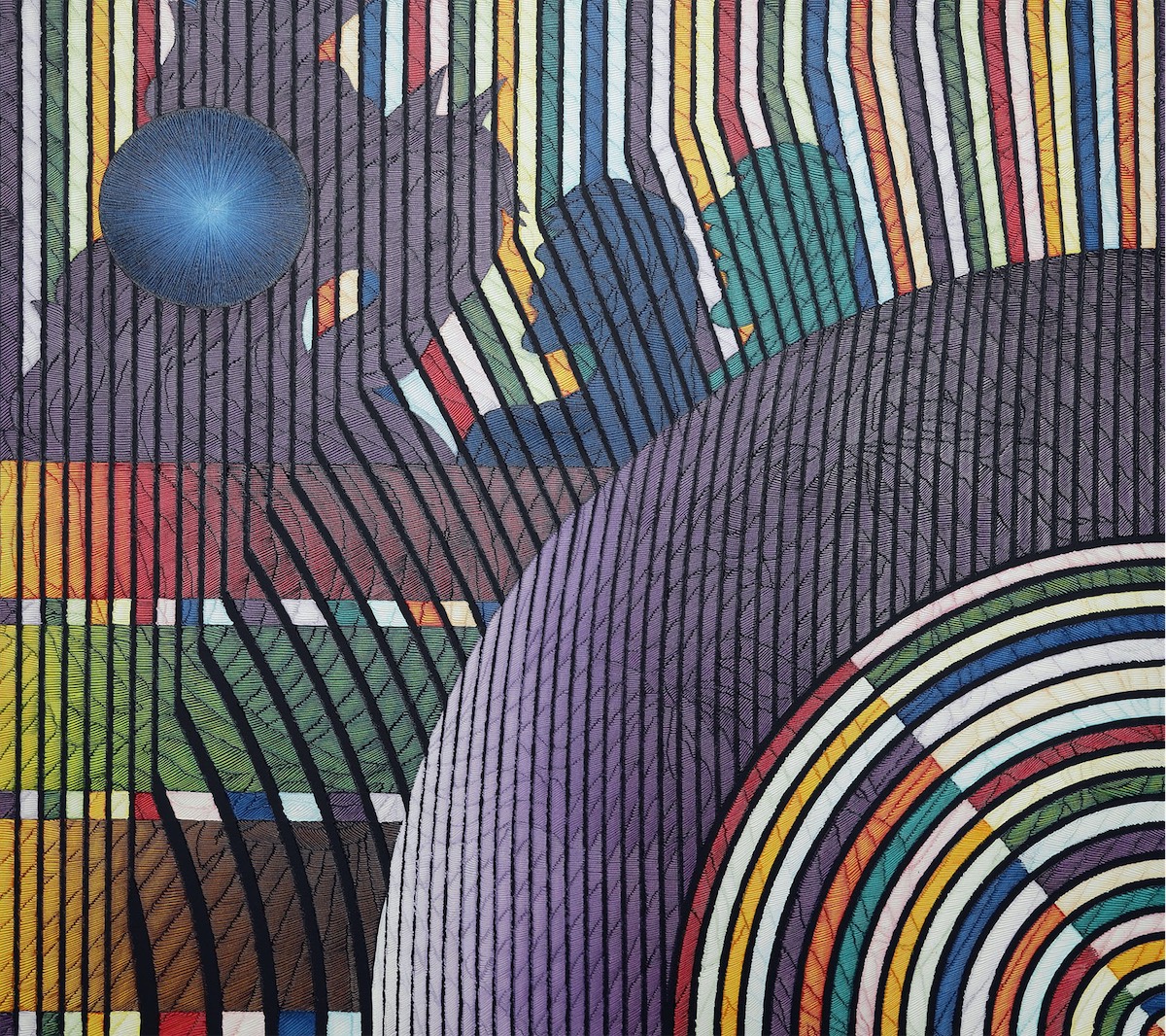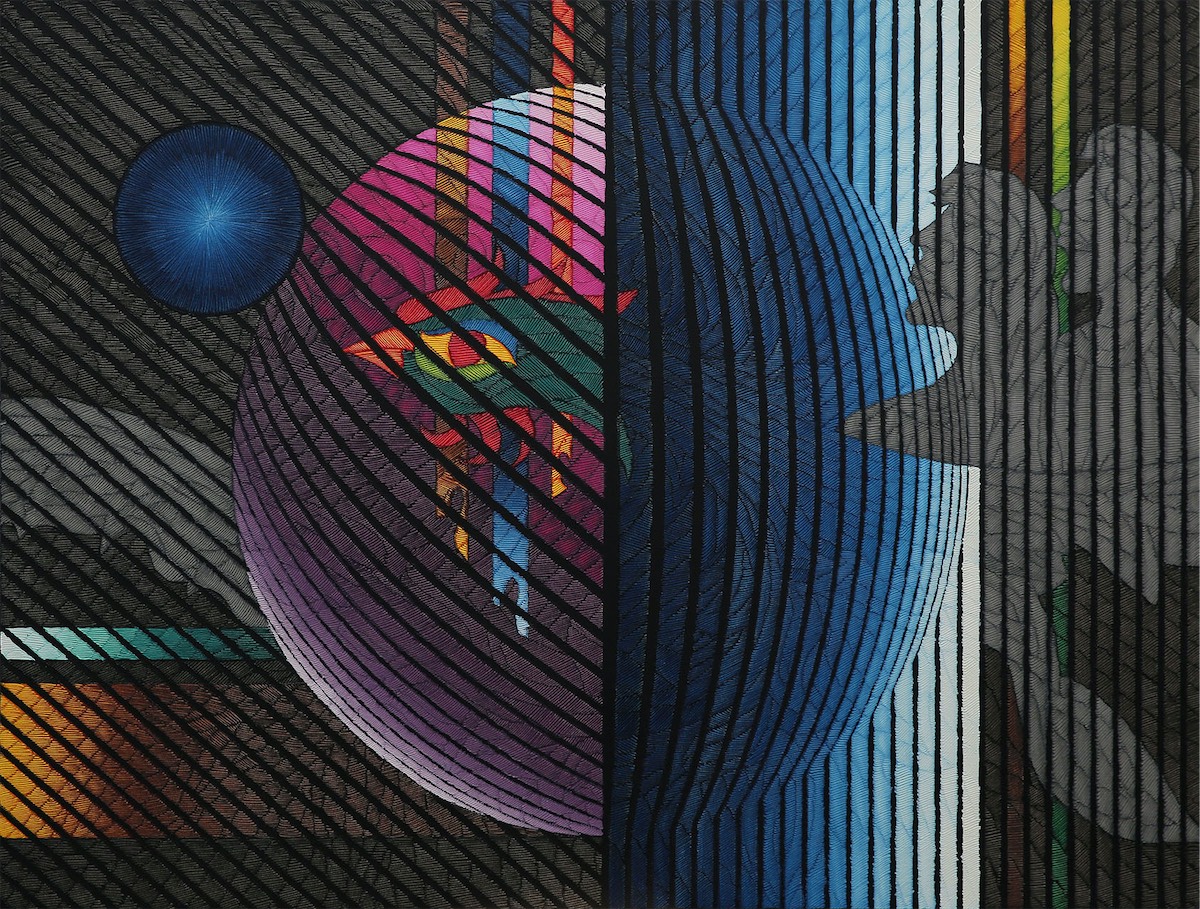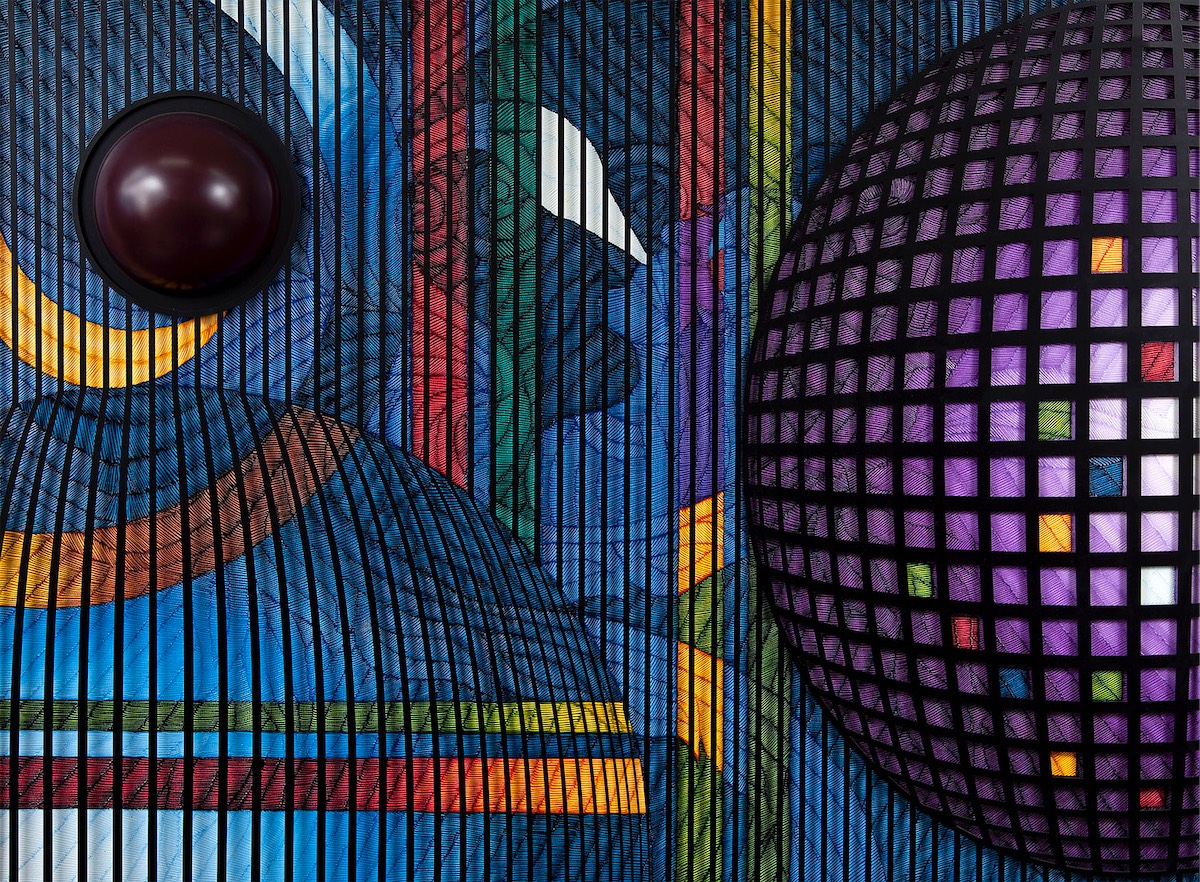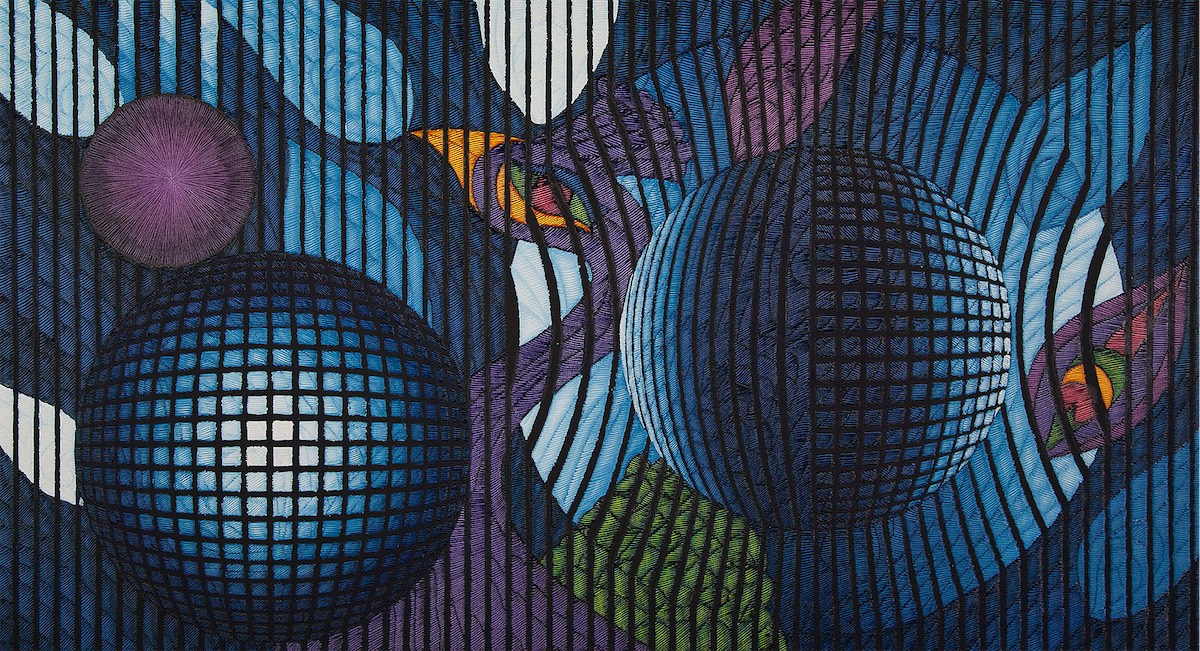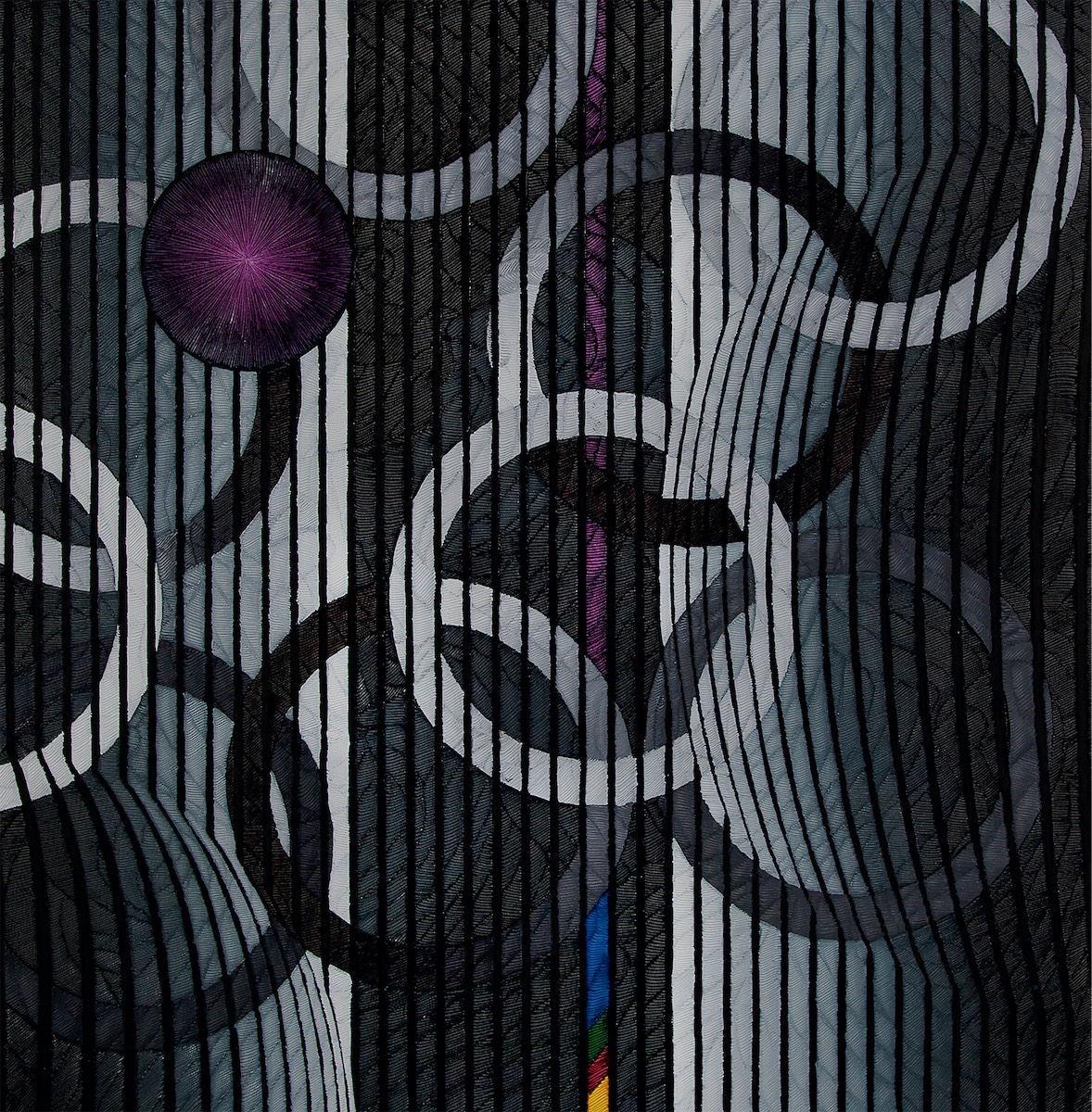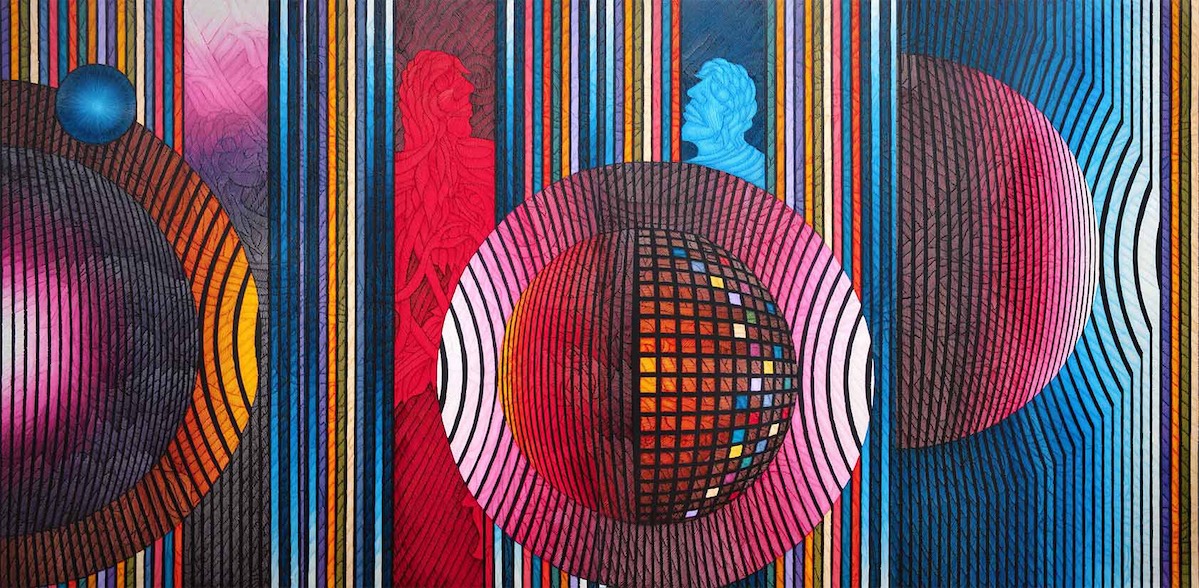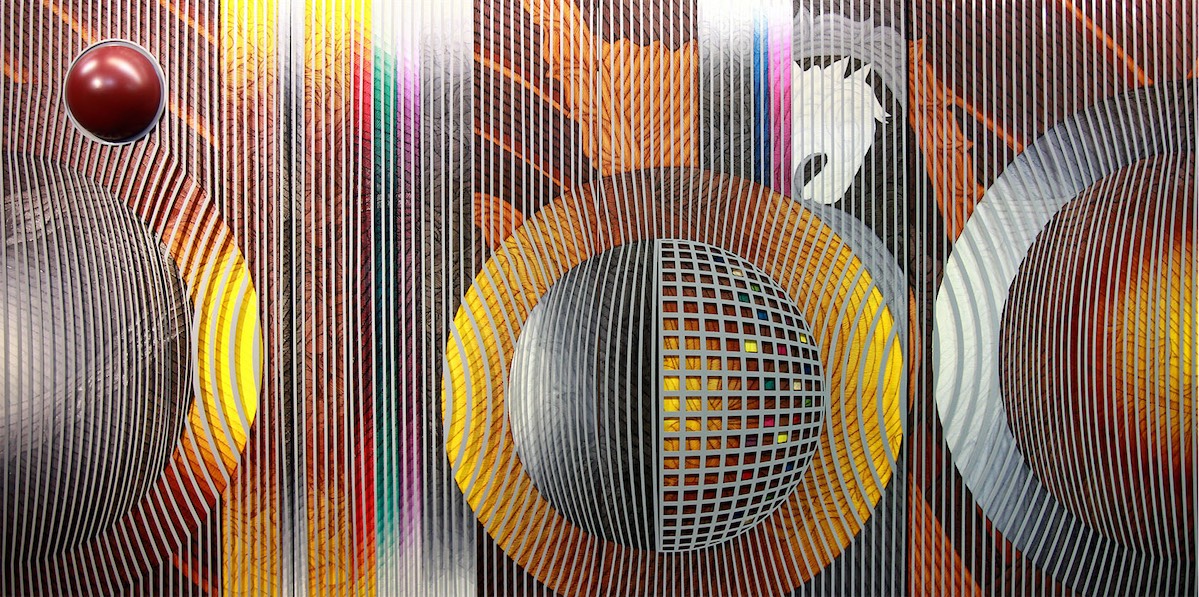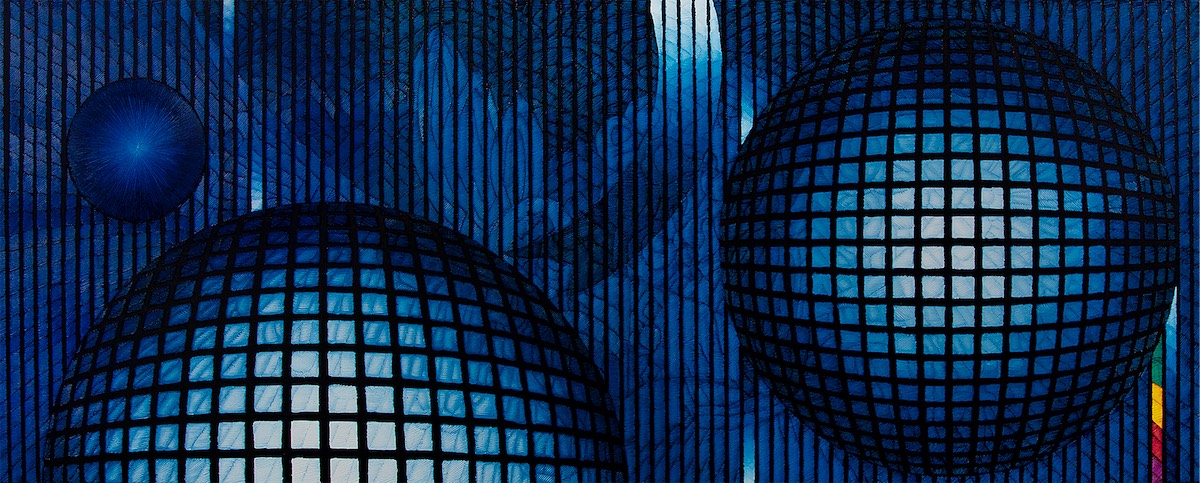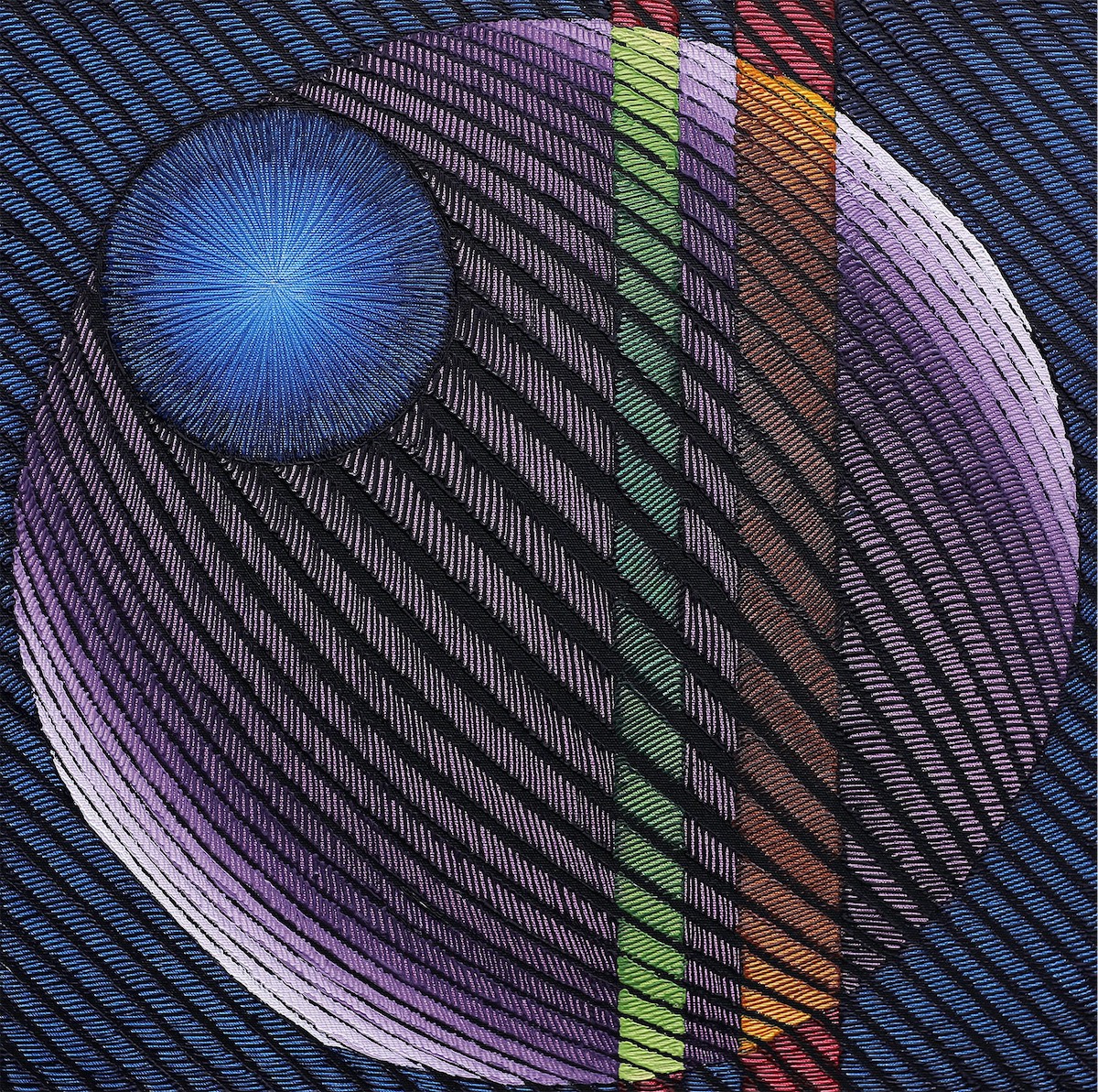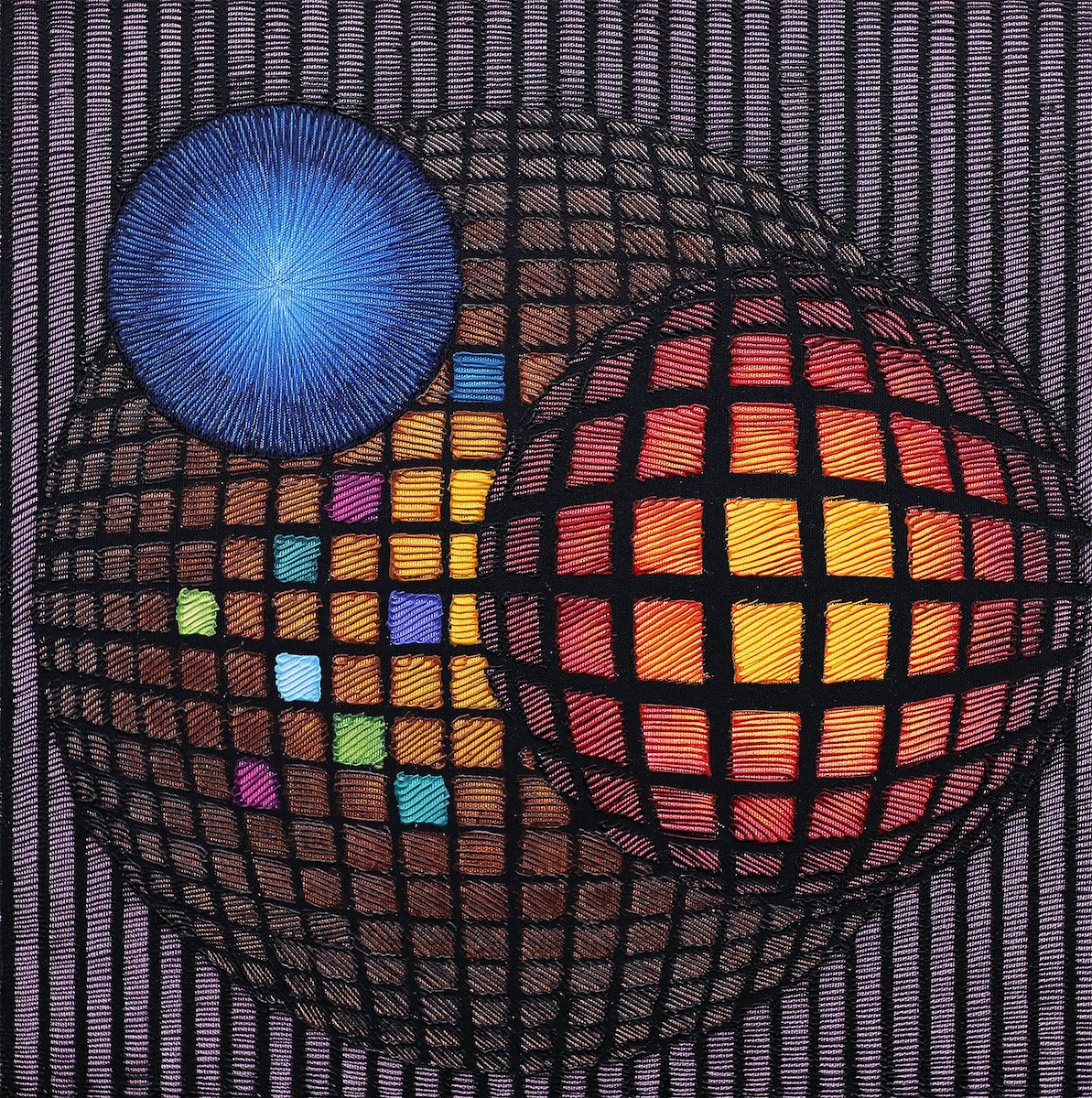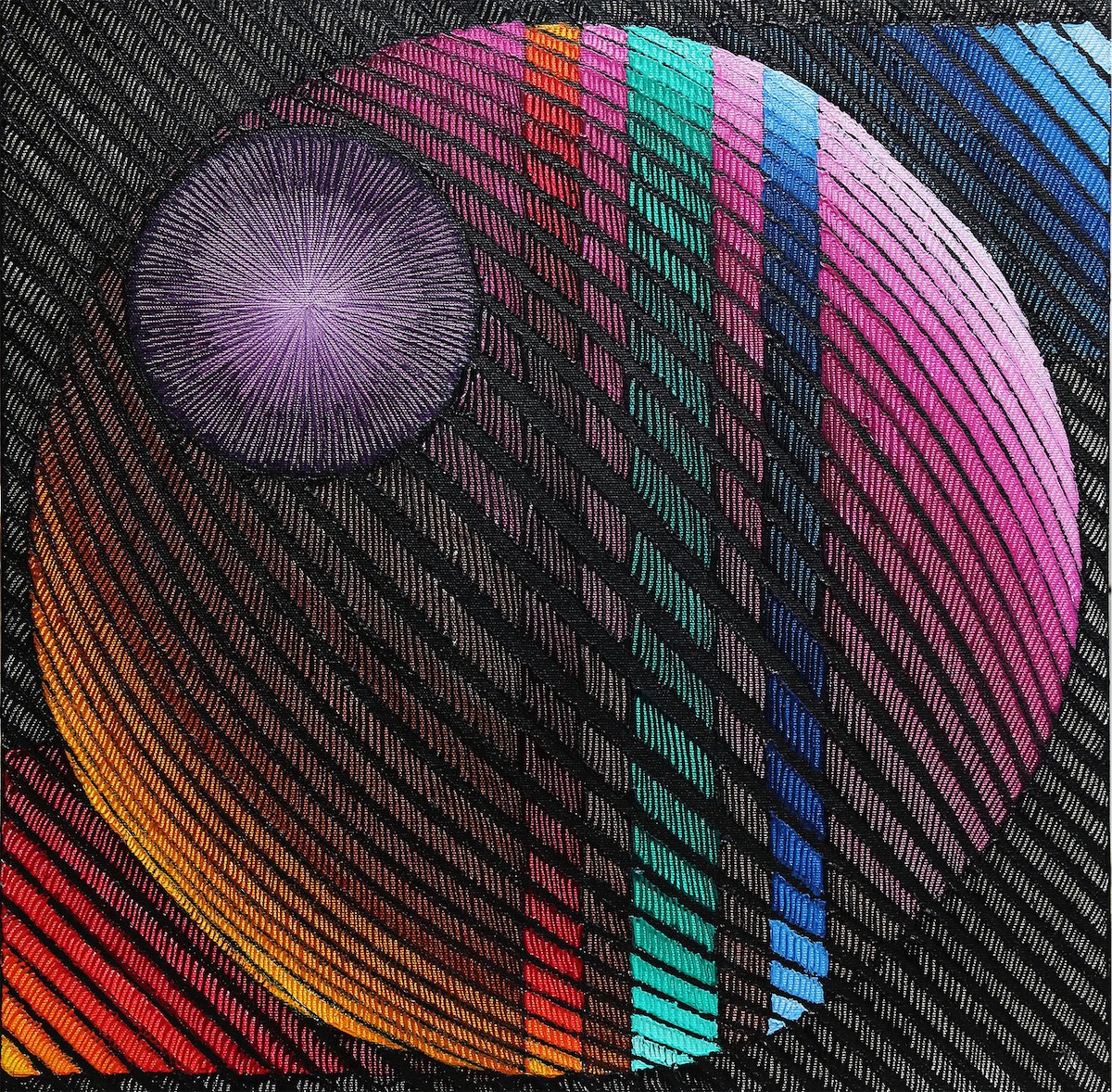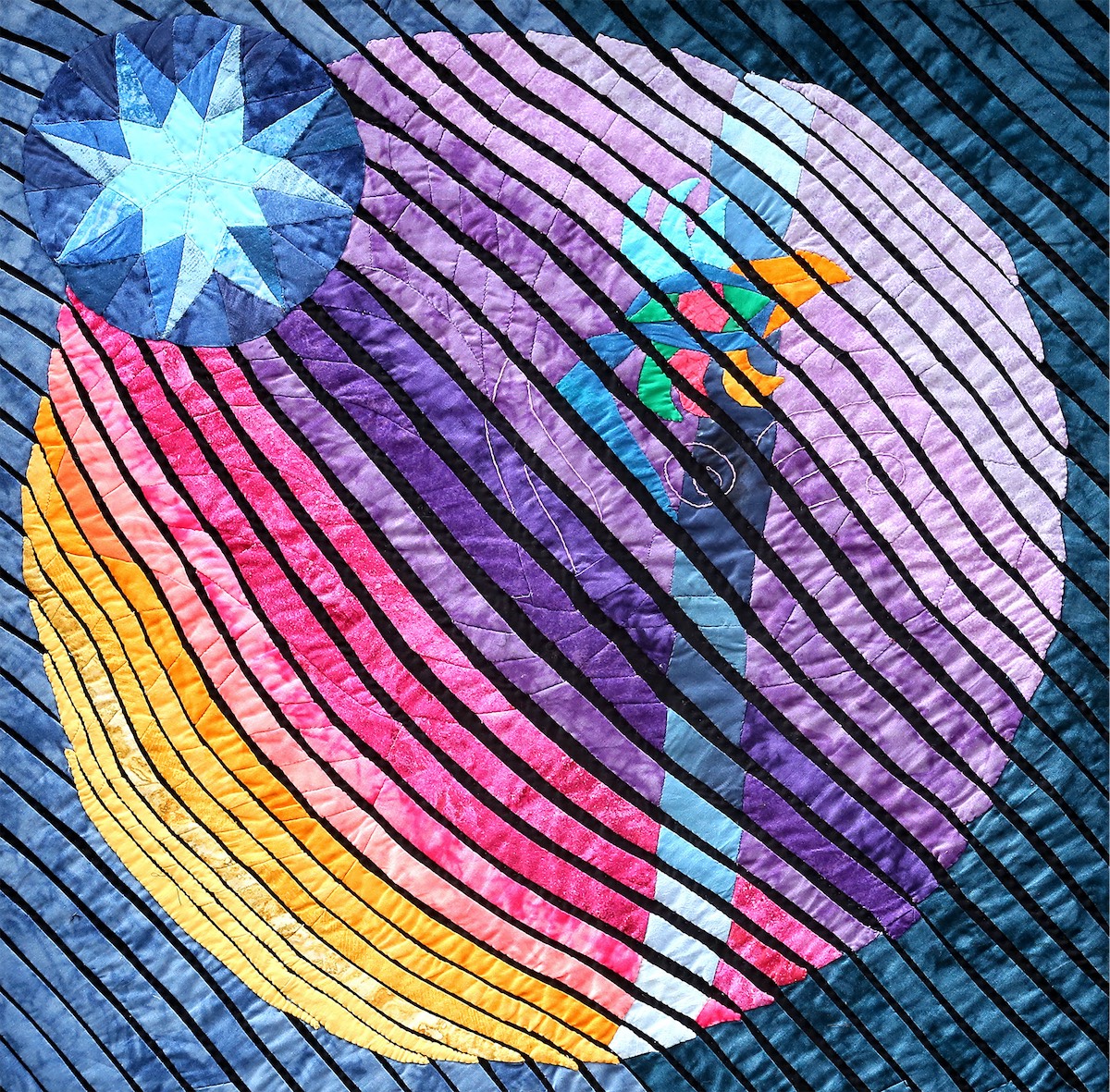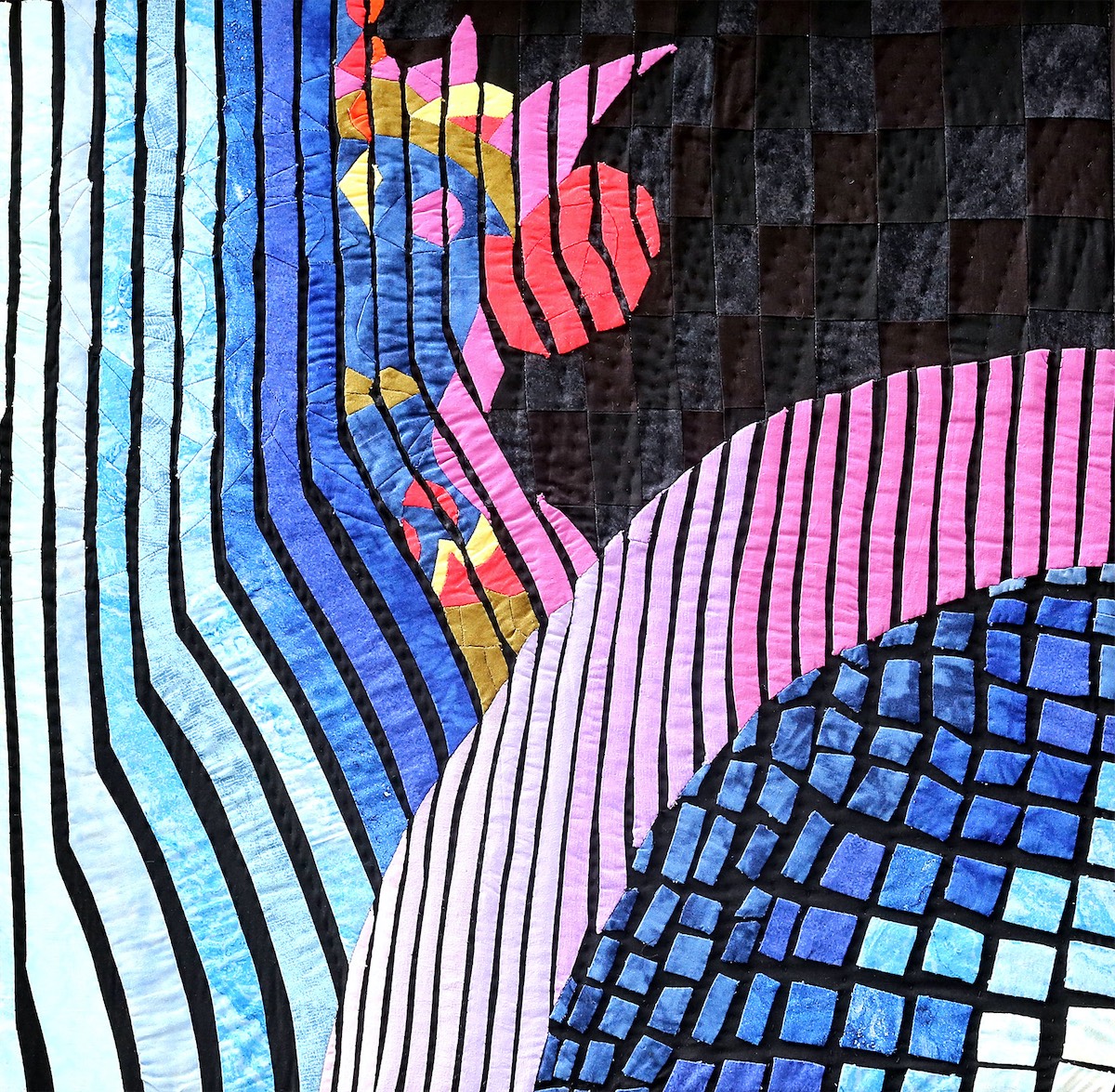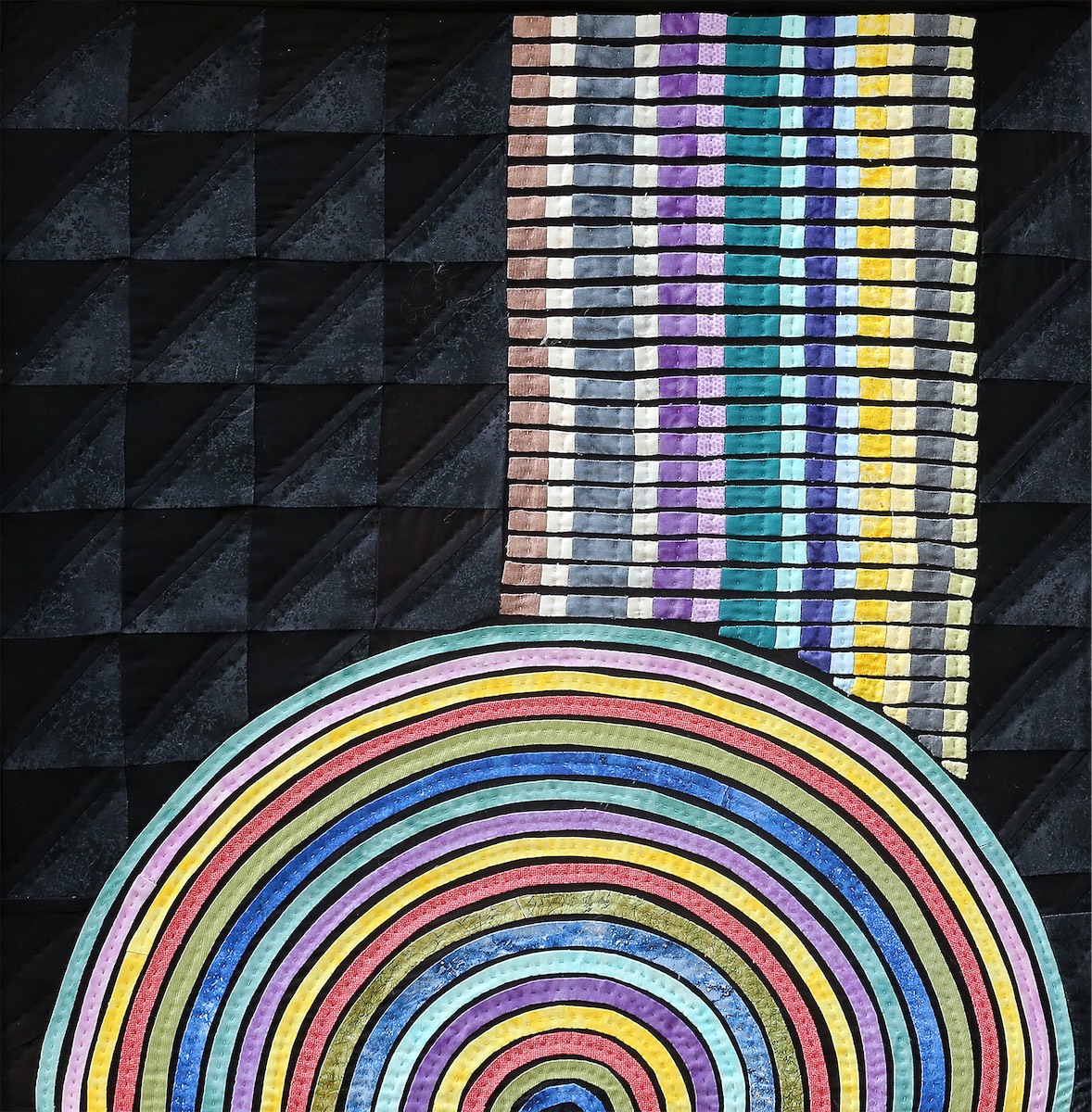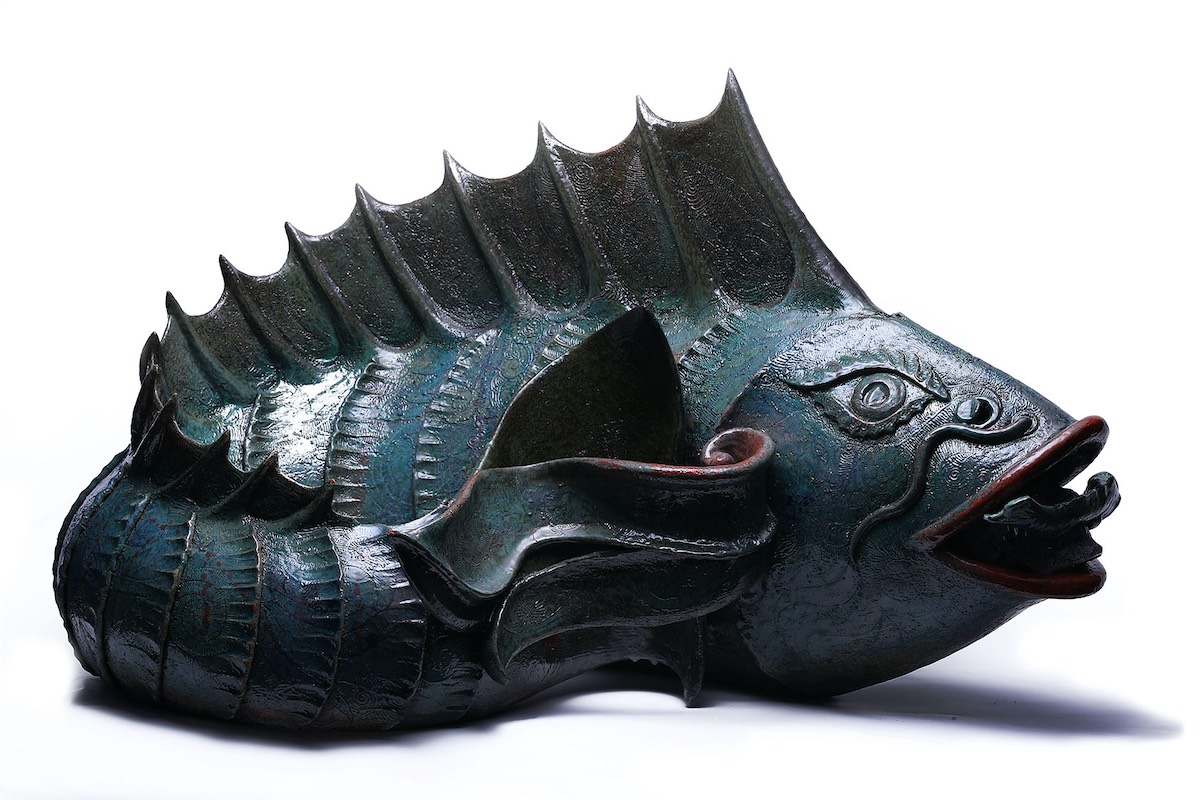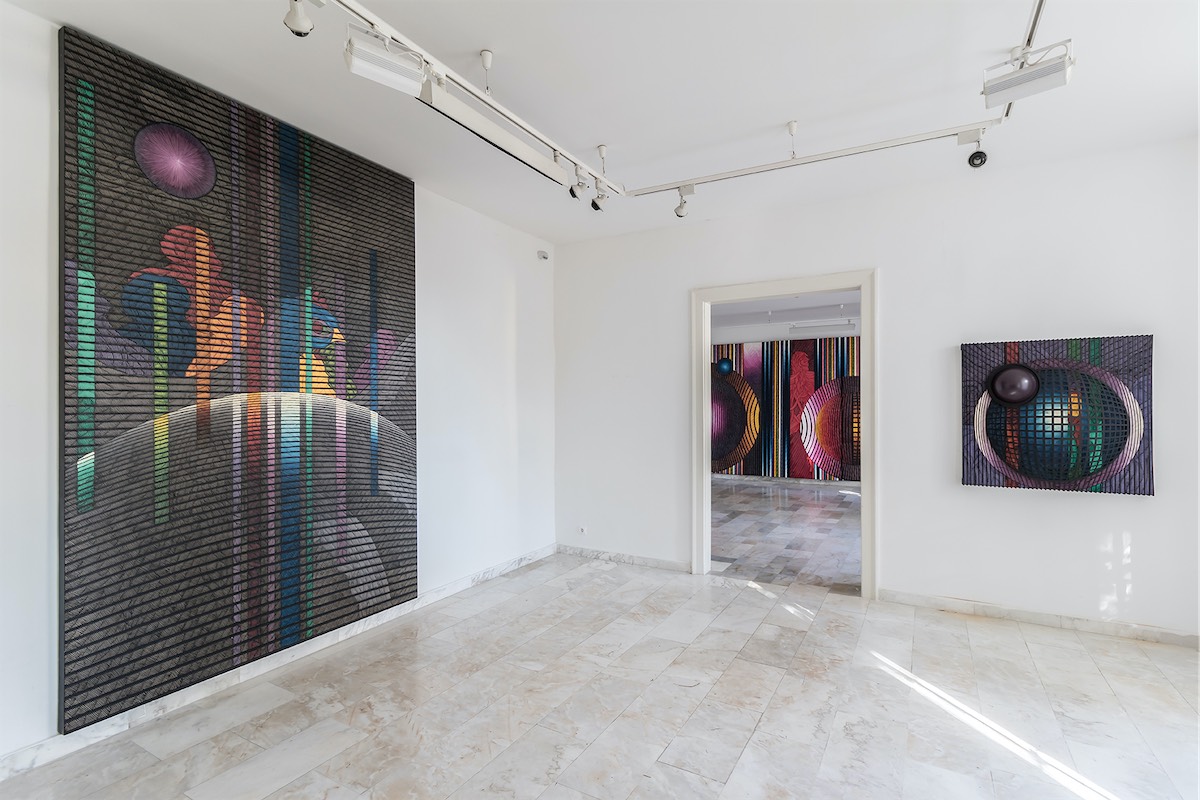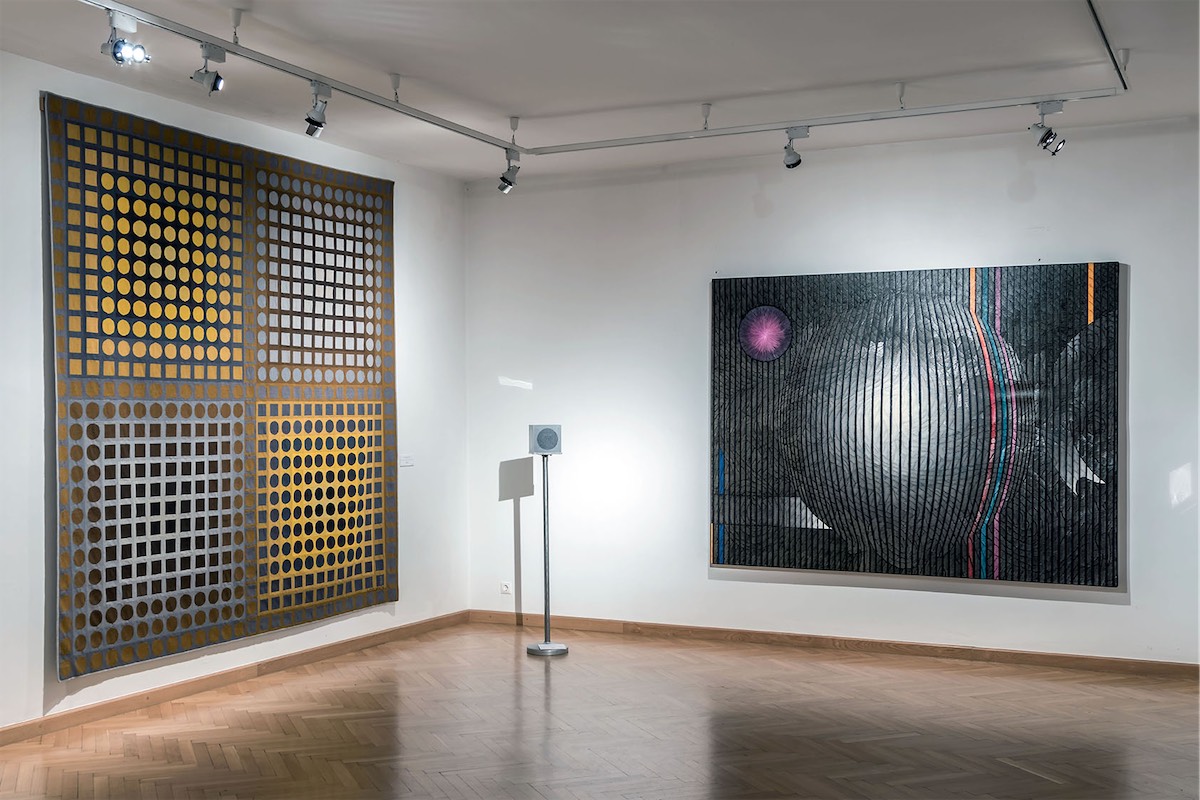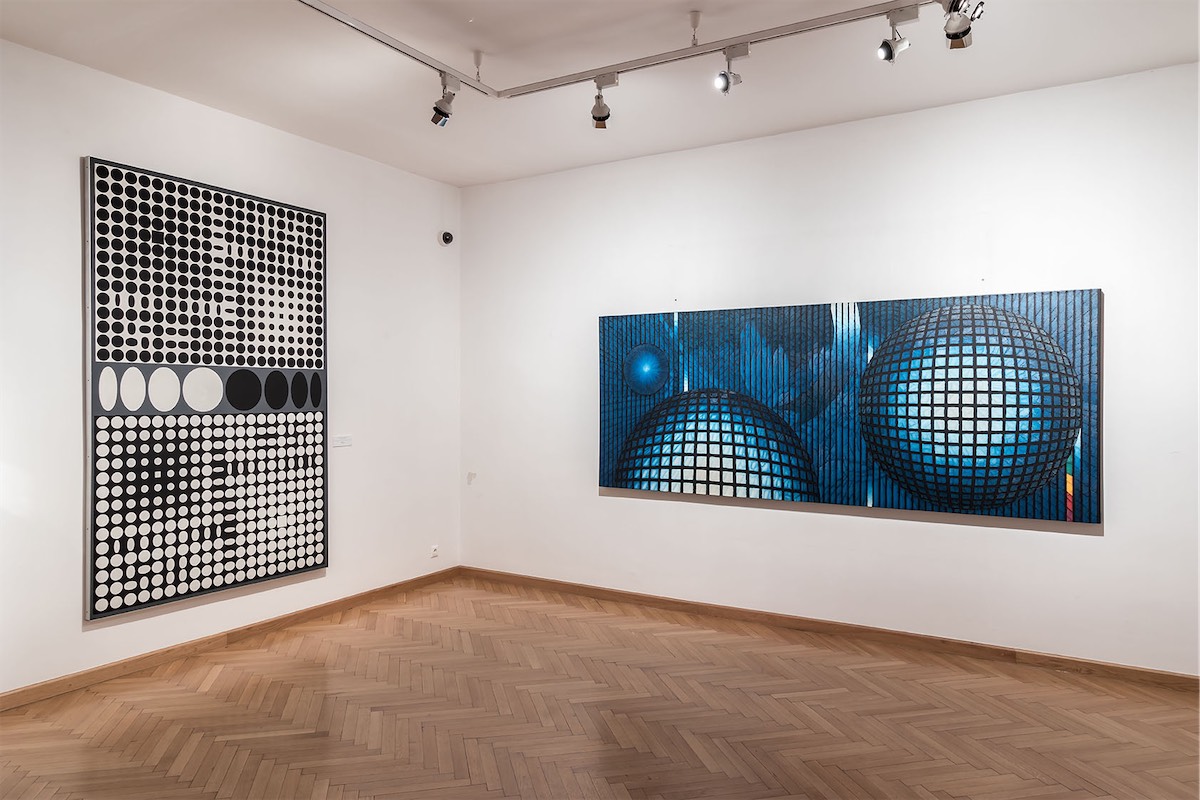15 November 2018 – 1 February 2019
Reflection and Resumption
Vasarely Museum, Janus Pannonius Museum, Zsolnay Museum, Pecs
Curated by József Sárkány and Kemal Orta
Reflection and Resumption, concurrent exhibitions at Vasarely Museum, Janus Pannonius Museum and Zsolnay Museum emphasizes the phenomenon of spiritual love exploring the concepts of creation and existence, and allows the audience to journey through the transformation of optical illusion and op art through a new lens and thus in new realms. The works in the exhibition unveils how the artist superimposes his understanding of the mythologies onto the objective dimension of perception.
Mythology is the subjective dimension here for the artist. It is not without subjectivity, and it does not oppose the objectivity of perception. His works depart radically from the traditional modes of composition and concentrate on the geometric shape and nothing else. His paintings are colourful, broadly monochromatic, allusions to op art offset by figurative imagery that weaves between the foreground and background. His spheres appear like planetary objects floating in a universe of densely rendered imagery, but there is always one disc that is distinct and well apart from the rest of the composition, and this symbolizes the sun, which reigns supreme over the work.
It is vital to discover the vibrant colours he uses, working with oil paints that he distributes into vertical and horizontal bands and with which he accentuates some of the elements that are characteristic of the mythological subjects of each work. He presents simple, basic geometric symbols that inhibit the storytelling and keep the focus on the image. His object is to make paintings evoke pure perceptual responses, strong of subtle, not without subjectivity though and based on experience. The devices of illusion and allusion further the subjective response. The inception of his works is entirely subconscious.
József Sárkány — The artist applies techniques employed by Vasarely in his op-art paintings to enhance the three-dimensional effect of the forms created by perspective distortion. There is a significant difference, though, between the method applied by Güneştekin and Vasarely. Vasarely always worked with flat surfaces and homogeneous colours to create his geometrical optical illusions. His paintings are sterile and precise. They have engineered compositions into which sometimes more playful solutions find their way, as often happens when the goal is to provoke the eye with illusionistic spaces, ambiguous situations and arrangements. However, Güneştekin’s creation is more of a universal nature. He reacts to the essential questions of creation and humanity and gives place to playfulness differently. The illusion of a cosmic, inter-planetary space reigns on several of his works of art. In this setting, we can discover stories grouped around two tightly related topics. They are mythological stories about creation, the love of gods and humans, birth and rebirth. In his composition, most strongly recalls Vasarely’s works, the painting Descendants of the Sun, a colourful wave of light appears beside dark blue planets as a sign of hope and resumption. Birth and rebirth. The state of mind between the two is a sort of dream, in which sometimes there are monsters, but life will eventually conquer all.


